Padova boasts an ancient history, tracing a continuous line from nebulous mythology, stringing Roman and Byzantine beads along its course right up until the Italian present. Decorative footprints of these tales remain peppered all throughout its irregular streets, where, come morning, stalls of fruit and fish fill the squares they connect. All just like Venice, in fact, for centuries, they formed part of the same Serene Republic.
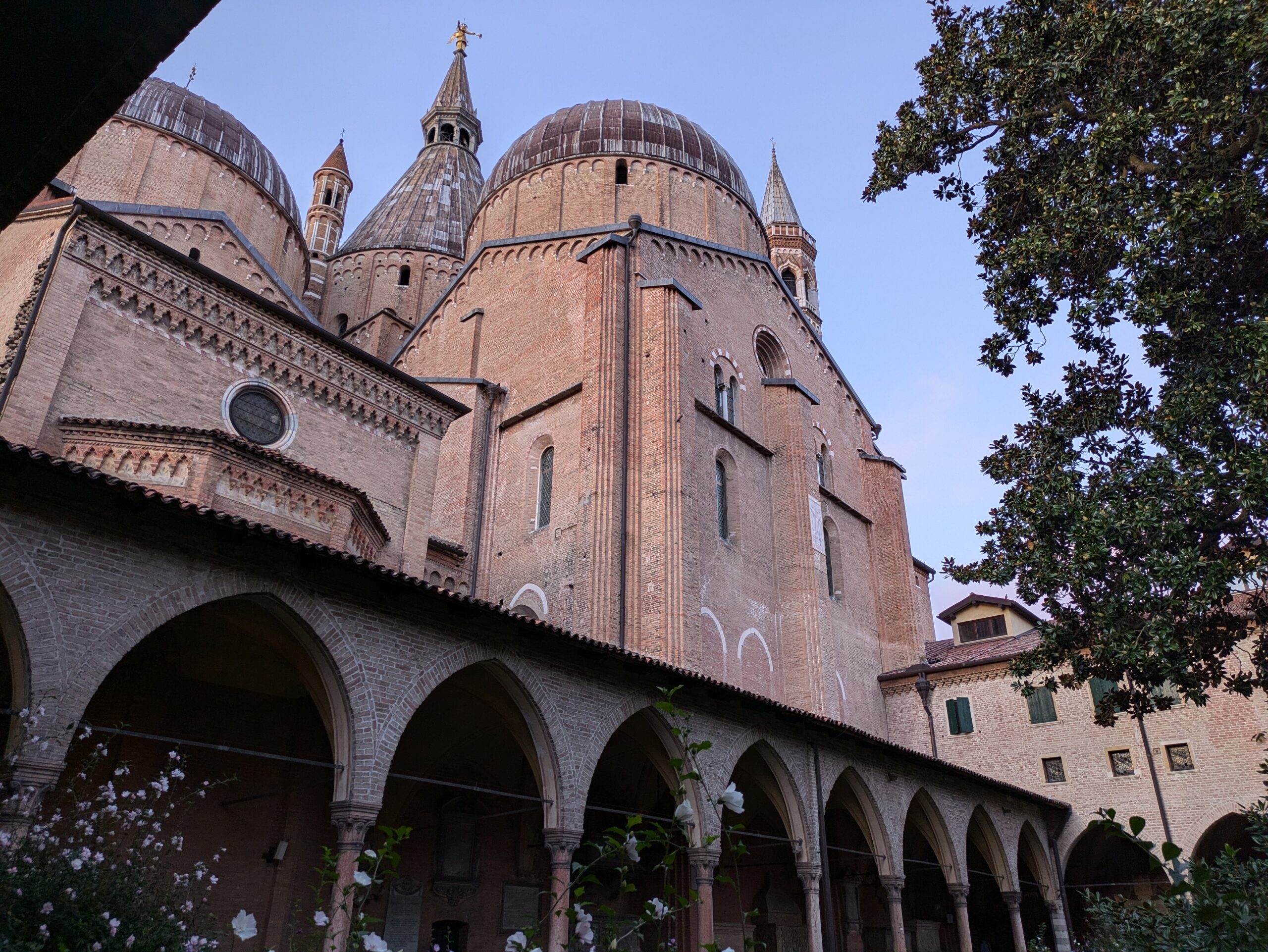
In Padova, every evening, the bars throng with students deciding whether to drink another spritz, or to try a hugo. The barman behind the counter picks his favourite playlist, the one with the greatest rock hits from the late sixties. To the familiar rhythms he blends the drinks, serving you snacks of fried fish and tiny sandwiches with prosciutto and mozzarella. Like Venice, only without the seagulls and their prying eyes overhead.
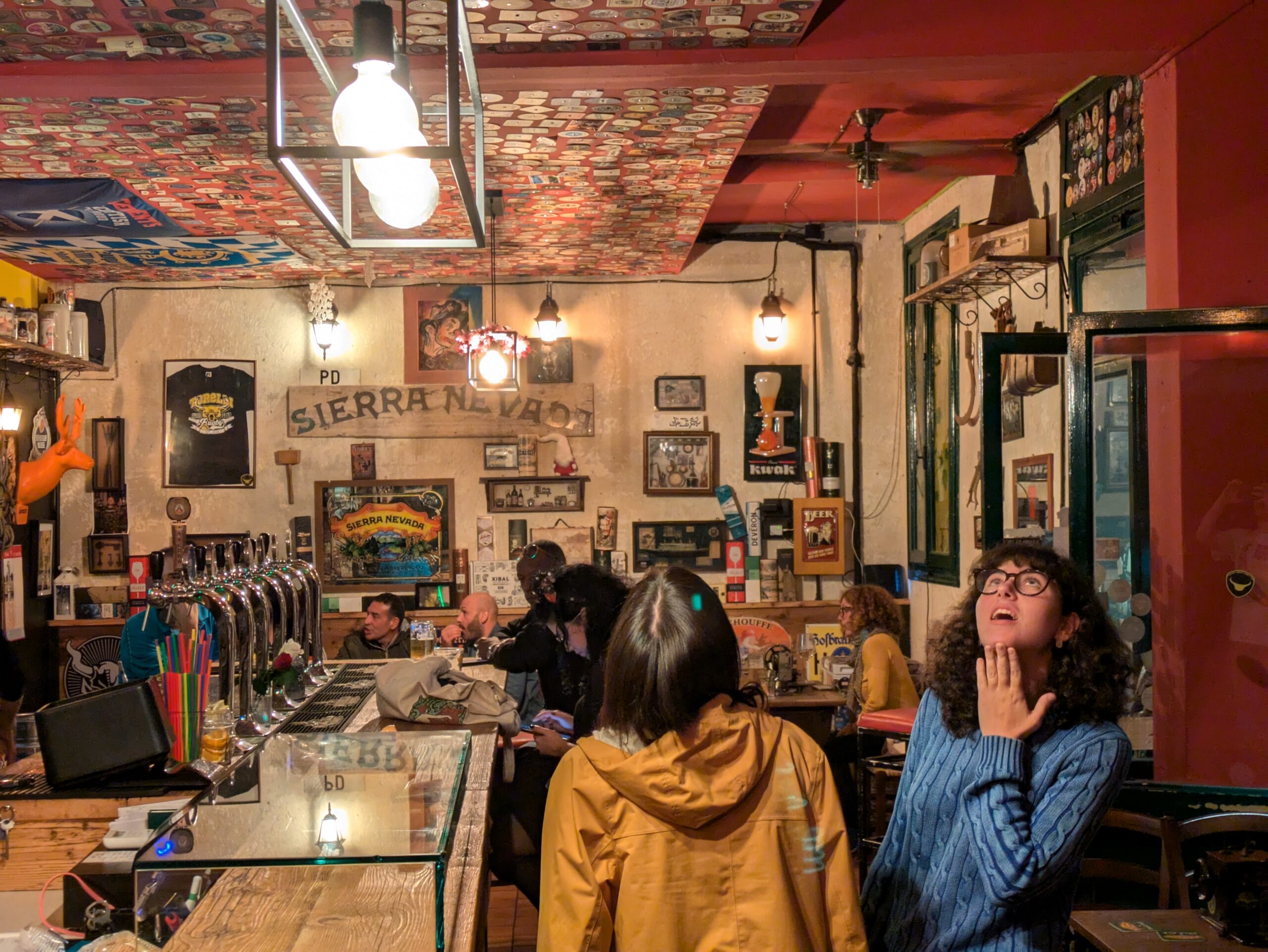
The blue grey domes of Padova’s churches, heavy with lead and topped by gilt angels conceal the tombs of holy men. In particular, the body of Evangelist Luke arrived there after Venetian mercenaries robbed them from Constantinople during the fourth crusade. Same as in Venice, where the splendid Basilica of San Marco contains Evangelist Marks relics, brought to the city by two Venetian Merchants who robbed his tomb in Alexandria, hid the body in a barrel of pickled pork meat, and reluctant to inspect their impure goods, the Muslim port officials let them leave without hassle.
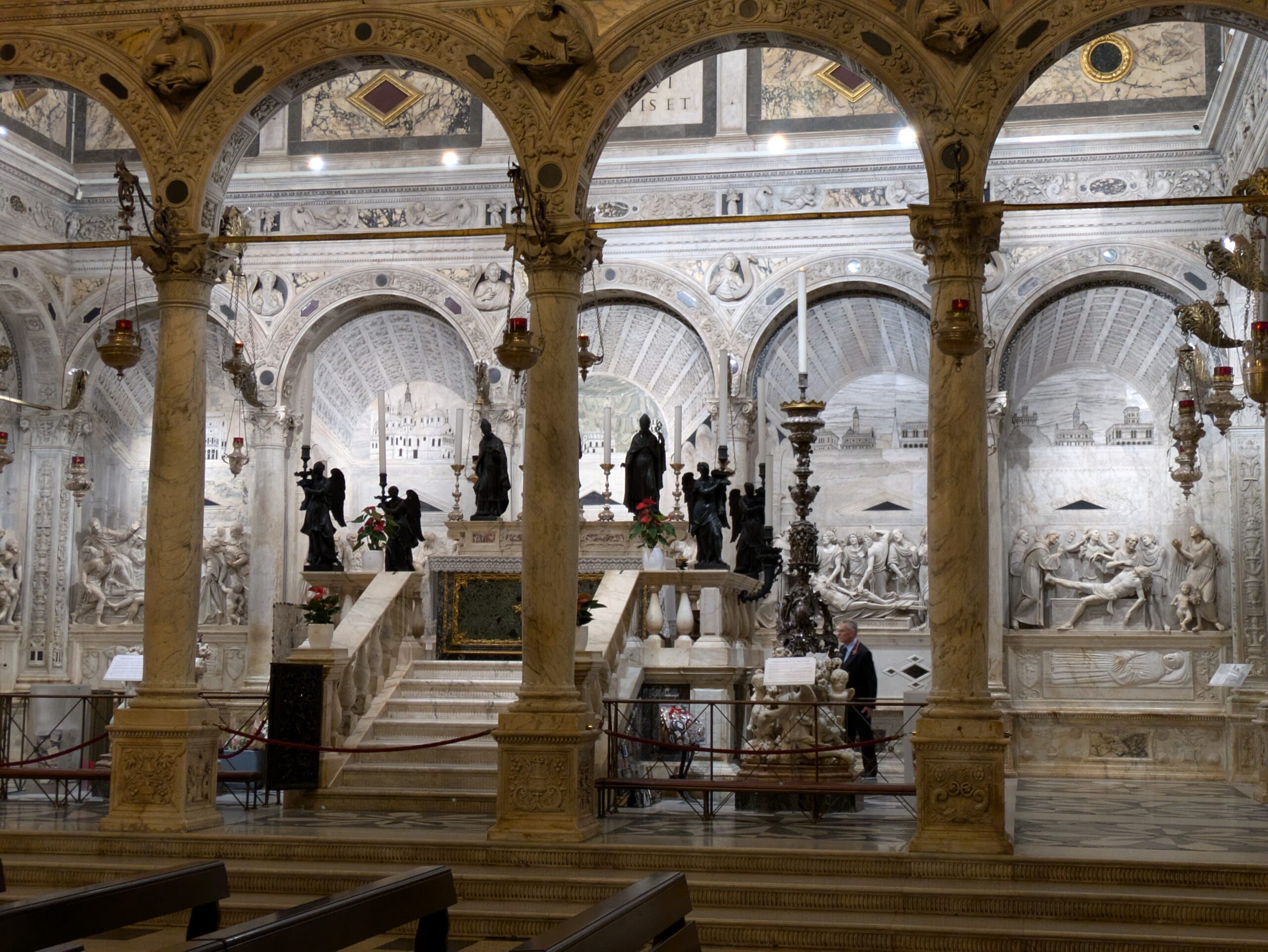
Three similar domes once roofed the mediaeval Palazzo della Ragione, the town hall of Padova, until a disastrous fire reduced them to ashes and smoke. It only took the ambitious carpenters of Venice a handful of years to gauge the damage, blueprint a design, and construct a massive new wooden vault, large enough to cover the whole span, built like an inverted boat from their famous shipwrights, complete with long sturdy ribs and keel.
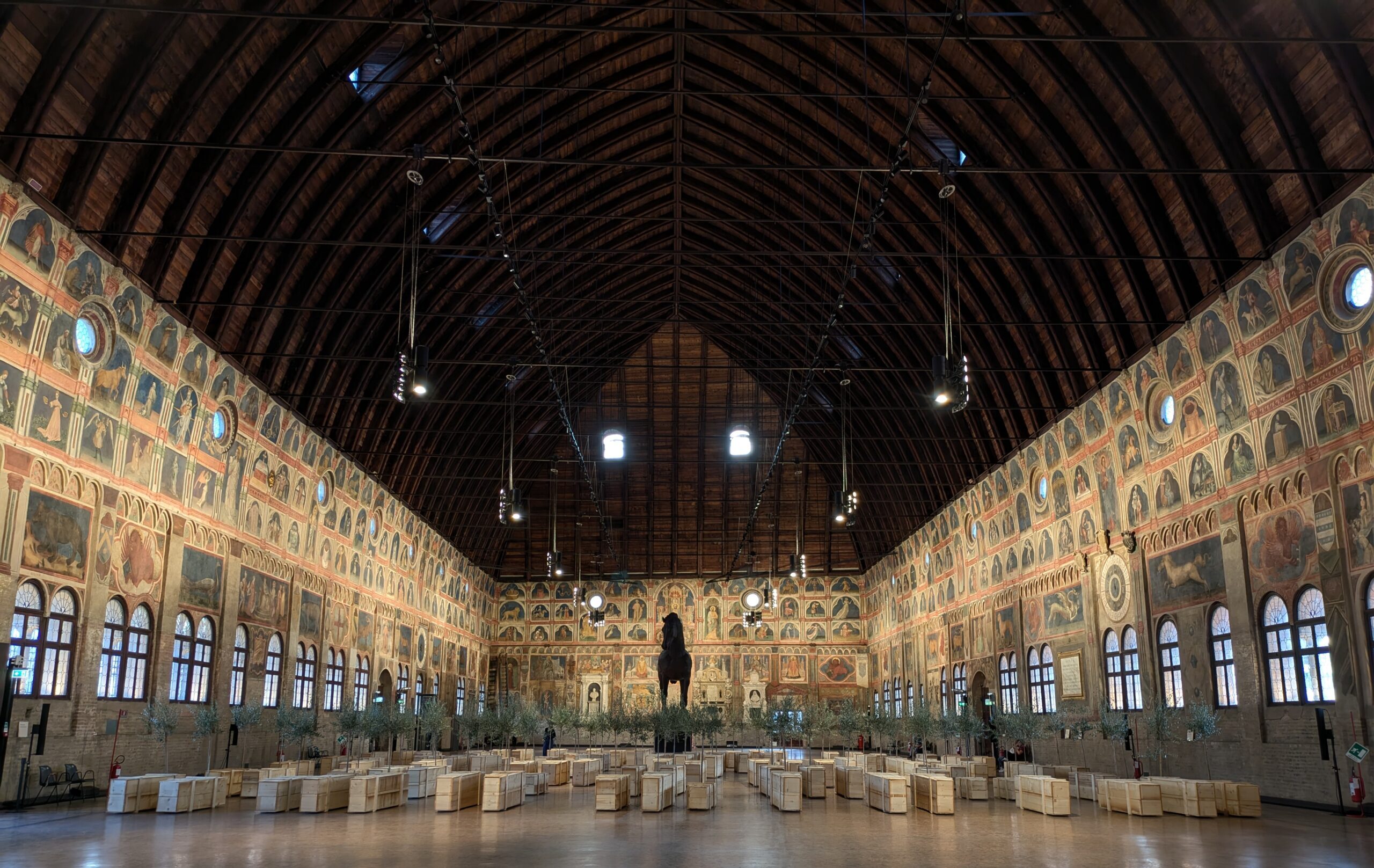
As might now be clear, the same masons who built Venice also built Padova, inspired by shared cultures, past, and ideals. The people inhabiting both cities enjoy the same aperitifs and savoury fish caught in the same lagoon, and both own a robbed Evangelist whose bones decorate their temples.
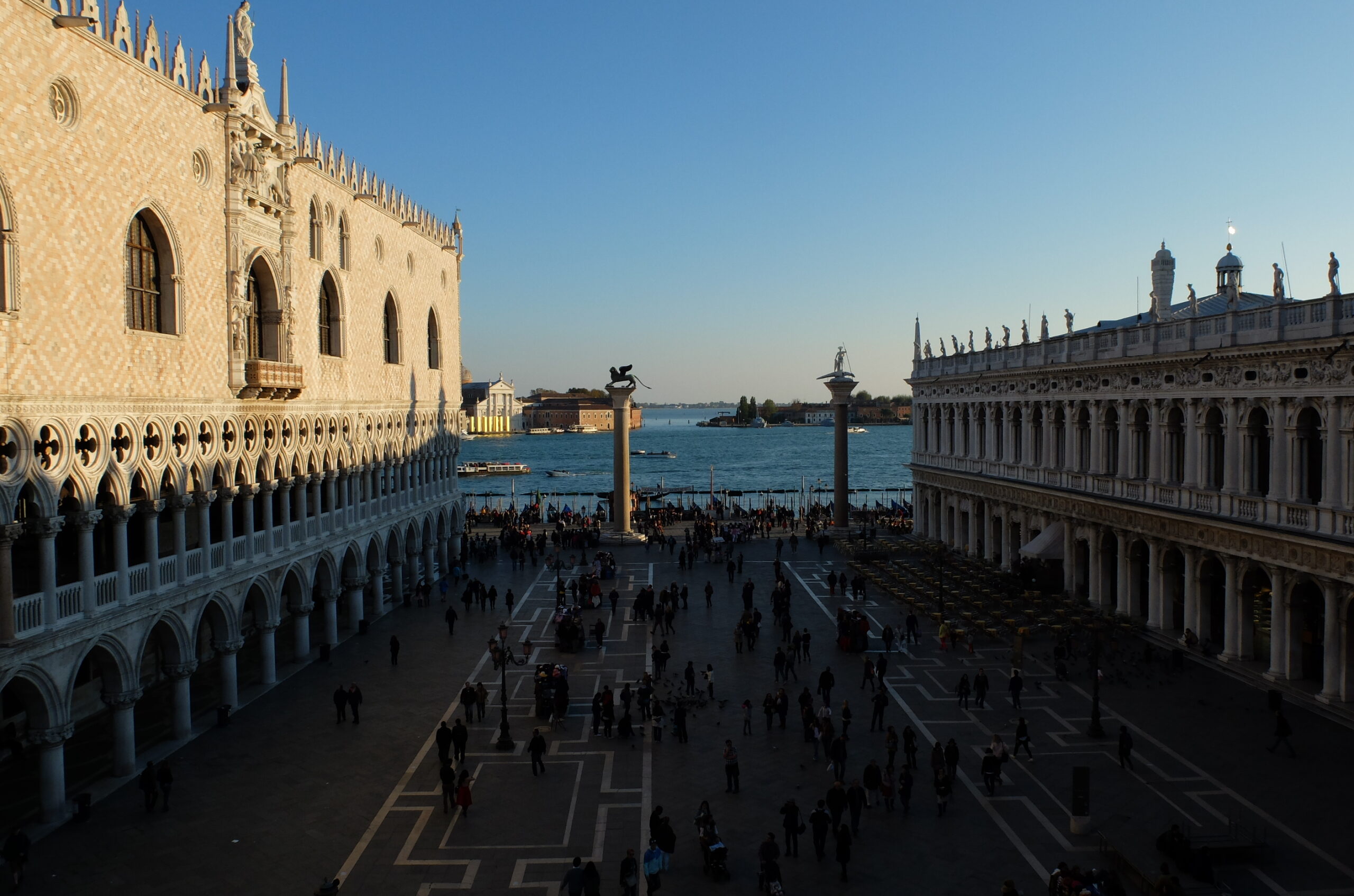
For Padova there is only a single problem. It lies thirty minutes from Venice. Despite its wonderful palaces, historical merit, and lively bars, it lacks the infinitely picturesque green canals with their black gondolas floating between the palazzos of rich tradesmen from the past. It lacks the wealth of such a historical nexus of Venice, filled to the brim with art and architecture from across its empire. As such, the lovely city of Padova will forever live in the shadow of incomparable Venice, a hidden gem in full view for anyone to see. Anyone just curious enough to gaze beyond the serene lagoon.
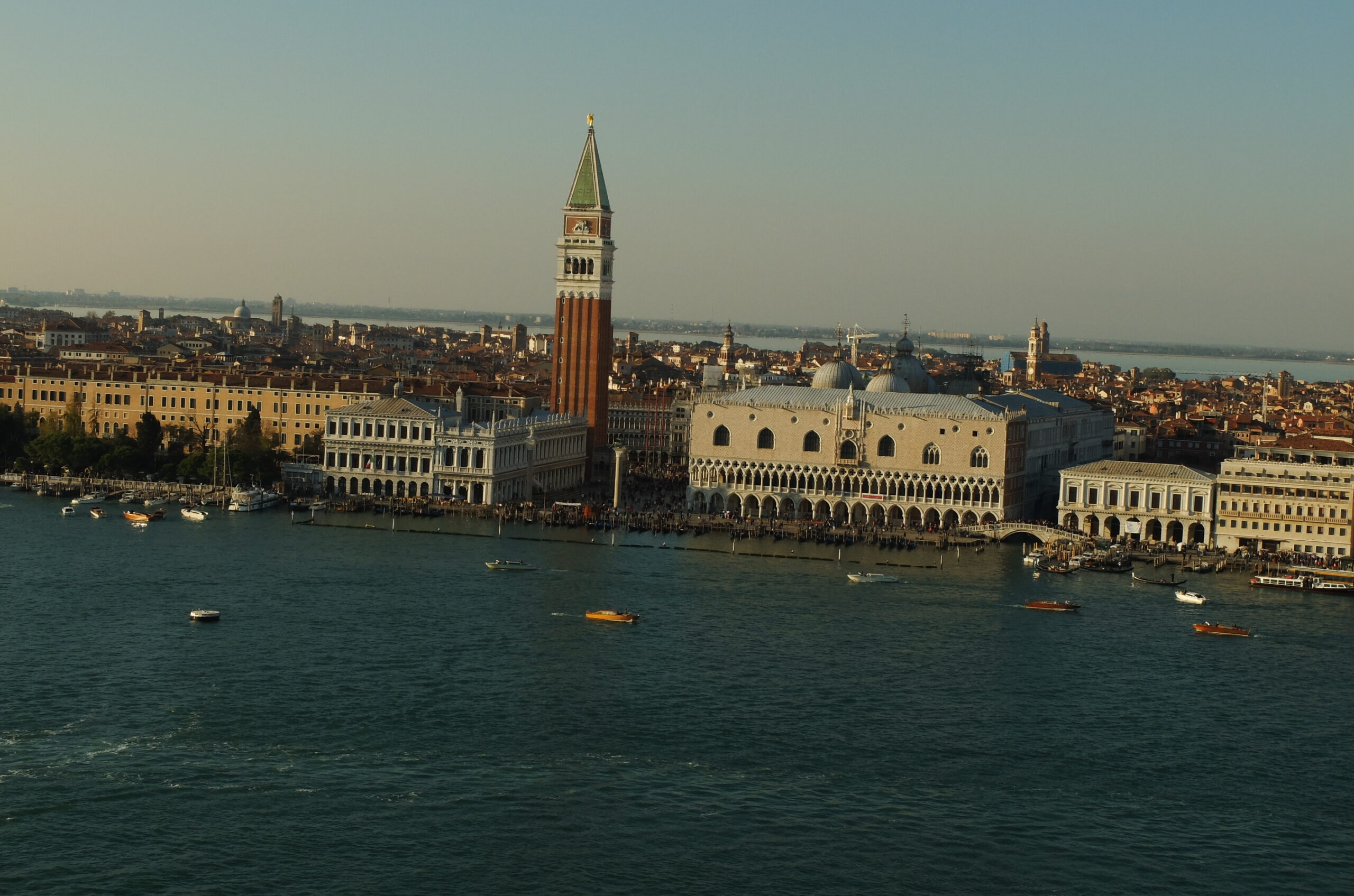


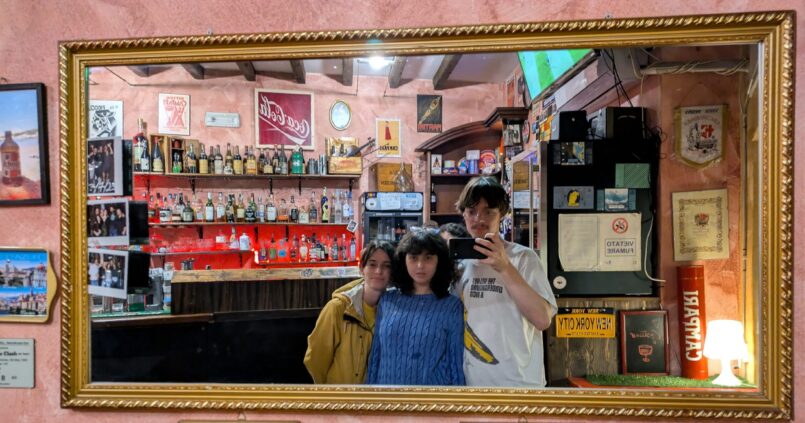


Comments (2)
Then the problem with Vicenza is that is close to both Venice and Padova, 2 good reasons not to go id say :p
omg i have to admit its a strong argument!